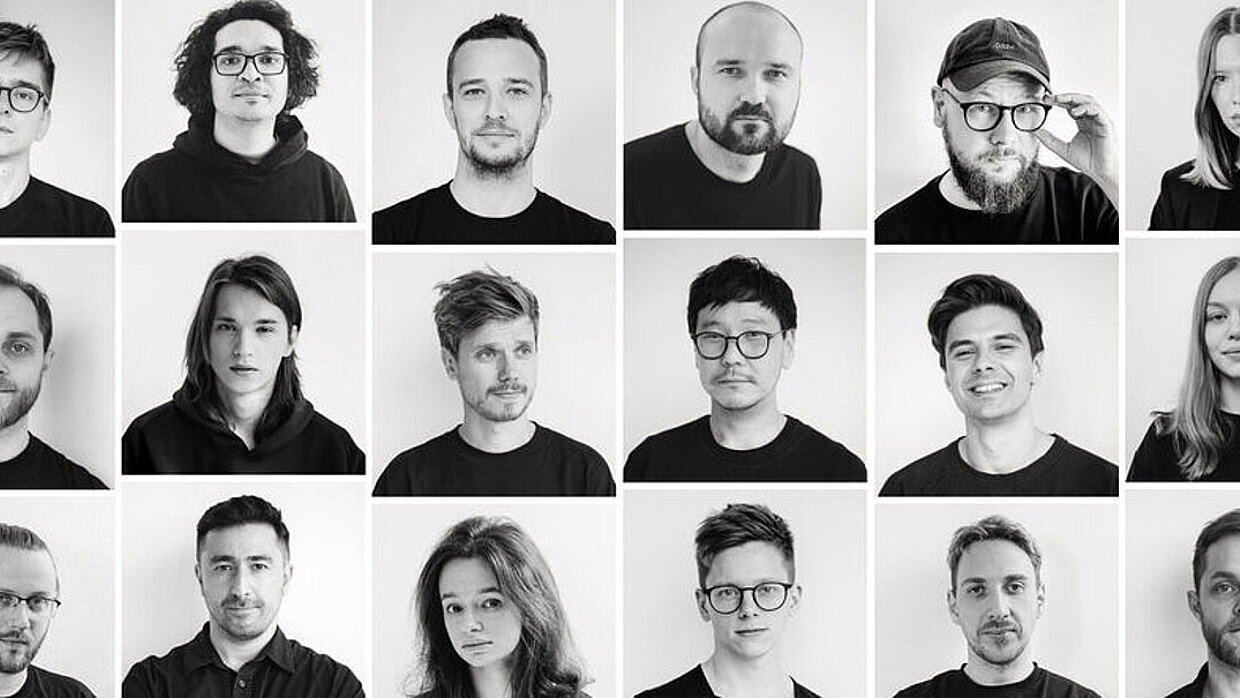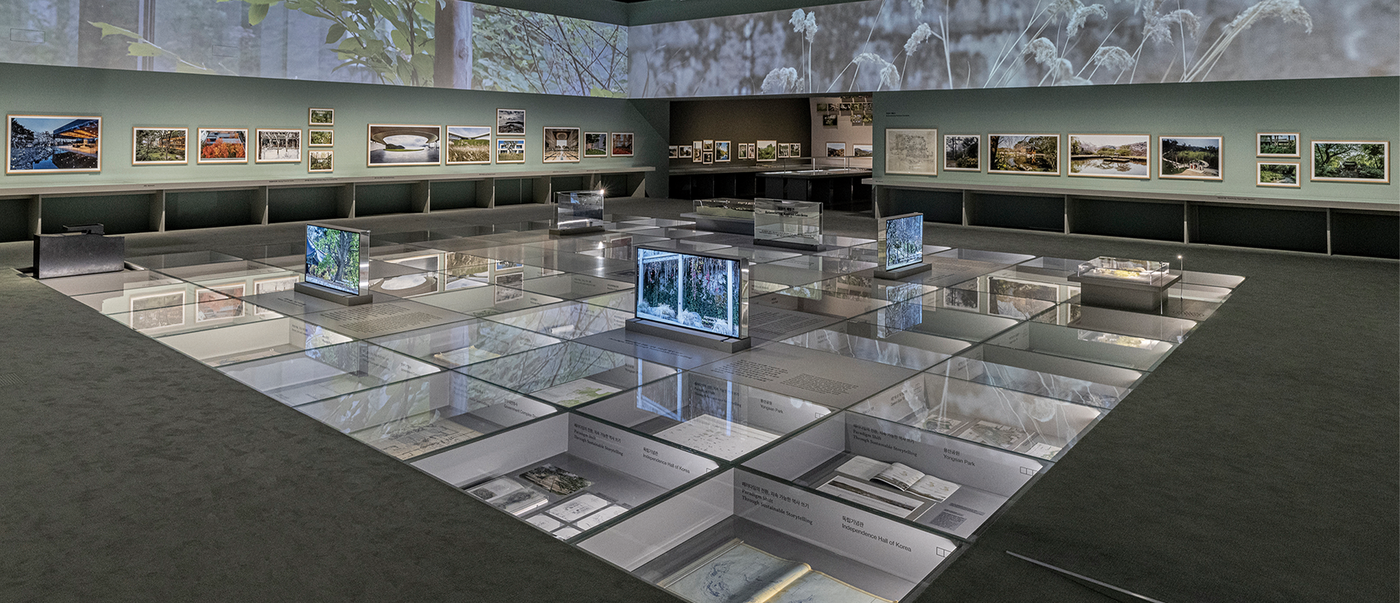
The design team at the National Museum of Modern and Contemporary Art (MMCA) in Seoul is guided by the three core principles of communication, connection and consensus, reflecting the museum’s commitment to its social and public role. The spatial designers, graphic designers and technicians focus on “creative sustainability” as a core value and integrate innovative practices into their design approach.
Interview with National Museum of Modern and Contemporary Art (MMCA) Design Team
Red Dot: Your exhibition design for “Jung Youngsun: For All That Breathes On Earth” made the landscape architecture accessible to a broad audience. How did you manage that?
National Museum of Modern and Contemporary Art (MMCA) Design Team: Aiming to engage visitors who were unfamiliar with landscape architecture, we created an innovative exhibition format that showcases this “temporal art form” in a white cube space containing both horizontal and vertical arrangements. Key scenes from projects by the landscape architect Jung Young-sun were placed at eye level, while archival materials revealing his intense deliberations and the land’s history were displayed in floor cases to encourage closer examination. Panoramic videos projected on upper walls highlighted seasonal changes. This structured arrangement of materials allowed visitors to naturally and progressively understand and experience how the landscape works.
You used walk-over display cases that were set into the floor, which is unusual in exhibition design. Can you tell us about the idea behind that?
Obviously, there was a practical need to efficiently organise a large amount of archival material within a limited space. But we also drew inspiration from landscape architecture itself, as a practice that interprets and reveals the context of the land. The arrangement of archival materials in floor display cases also encouraged visitors to bend down and examine the materials from a closer perspective.
What overall experience of the visitors did you envision?
Ultimately, we aimed to create a sustainable viewing experience by encouraging exhibition visitors to be active. We operated under the assumption that the guests had a general interest in landscape architecture but limited specialist knowledge. Rather than attempting to turn them into experts, we sought to deepen their emotional and intellectual connection with the works. And by inviting visitors to actively and poetically explore and interpret the context of the exhibits, we aimed to help them naturally internalise their personal experiences and insights.


